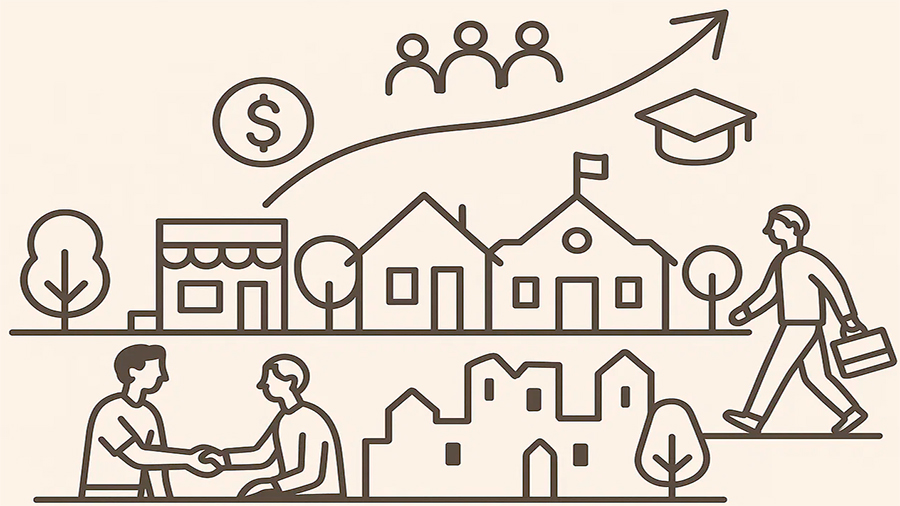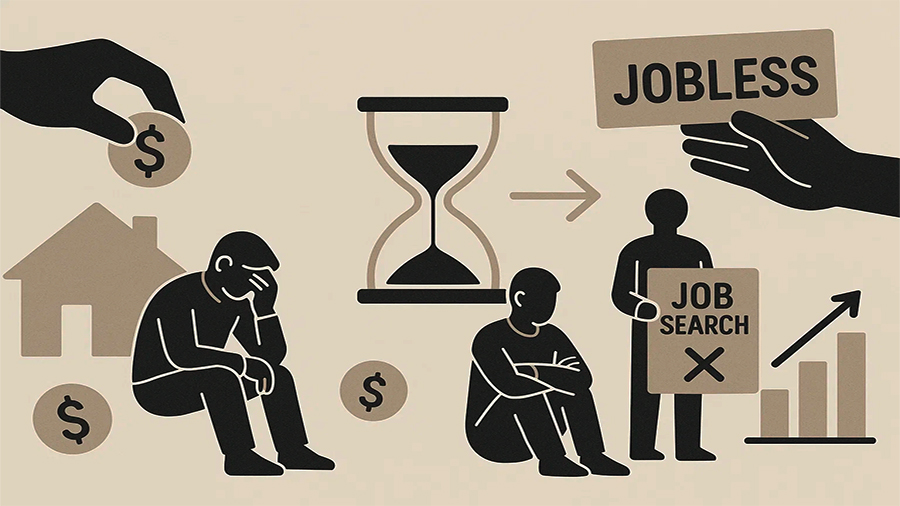How Social Programs Assist the Unemployed
Losing a job changes everything. Income stops, bills keep coming, and stress grows. In such moments, social programs step in as a buffer. They offer support through unemployment benefits, retraining opportunities, and broader safety nets that help individuals survive while they search for new work. These programs are not only financial tools but also lifelines, keeping families stable and communities resilient during times of economic uncertainty.
Unemployment Benefits as a Safety Net
Unemployment insurance is often the first layer of protection. When someone loses work, benefits provide a portion of previous wages for a limited period. This helps people cover essentials like food, rent, and utilities while they look for a new job. The payments are rarely equal to a full salary, but they prevent immediate hardship. More importantly, they buy time. Instead of taking the first job available out of desperation, individuals can search for positions that fit their skills, experience, and long-term goals. This makes the job market more balanced and reduces the risk of underemployment.
Retraining and Skill Development
Job loss often means more than lost income—it can also reveal that old skills are no longer in demand. Social programs address this with retraining initiatives. Governments, nonprofits, and even private institutions provide courses in fields where labor demand is growing, from digital technology to healthcare. These programs do more than build new competencies; they restore confidence. For many, learning a new skill is the bridge back into stable employment. Retraining also helps economies adjust to change. When industries decline, workers can move into sectors that are expanding, keeping unemployment from dragging on for years.

Support Beyond Money and Training
Social programs often include services that go beyond checks or classes. Career counseling, job placement support, and mental health services are increasingly common. Long periods without work can erode self-esteem and cause stress that affects entire families. Counseling and peer support groups help individuals stay motivated. Job placement services connect them with employers more quickly, reducing the time spent unemployed. In some places, programs also provide housing or food support, recognizing that financial stress is never limited to a single bill but spills into every part of life. Together, these services build a foundation for recovery that money alone cannot achieve.
The Community Dimension
Helping unemployed individuals has ripple effects across communities. When people can maintain spending power through benefits or support, local businesses are steadier. Towns avoid the worst effects of economic downturns, such as declining tax revenues or spikes in poverty. Social programs, therefore, protect not just individuals but also schools, infrastructure, and public services that depend on stable funding. In areas hit by large-scale layoffs, retraining programs can be the difference between long-term decline and a shift into new industries. Supporting the unemployed is not only social policy—it is economic strategy.
Scandinavian Unemployment Programs
Scandinavia offers one of the clearest examples of how structured social programs assist the unemployed. In Denmark and Sweden, unemployment insurance replaces a significant share of income, giving individuals stability while they search for work. Benefits are coupled with mandatory training or job counseling, ensuring that people stay connected to the labor market. Retraining often focuses on digital skills, healthcare, and green industries, aligning workers with sectors in demand. The result is shorter unemployment periods and stronger transitions into new jobs. Critics note the high tax burden required to fund these systems, but supporters argue that the investment pays off by maintaining both social stability and long-term productivity.

U.S. Energy Transition Programs
In the United States, entire communities in coal-producing regions have faced layoffs as energy markets shift toward renewables. To manage this transition, federal and state programs introduced retraining initiatives and wage support for displaced workers. Programs in West Virginia and Kentucky, for example, have helped former miners move into fields such as solar panel installation, advanced manufacturing, and healthcare. Unemployment benefits provided temporary relief, but retraining offered long-term solutions. While results vary, many workers successfully transitioned to stable industries. These programs show how targeted support not only helps individuals but also prevents regions from collapsing when dominant industries decline.
Challenges and Criticisms
These programs are not without criticism. Some argue that benefits can reduce motivation to find work, especially if payments are too close to former wages. Others point to bureaucratic delays that make assistance slow to arrive, leaving families struggling in the meantime. Retraining can also miss the mark if it pushes workers into sectors where opportunities remain limited. Despite these flaws, evidence shows that without social programs, unemployment leads to deeper poverty, higher debt, and slower recovery. The challenge is not whether to provide support, but how to make it responsive, fair, and efficient.
Conclusion
Social programs for the unemployed are about more than temporary relief. They protect individuals from financial collapse, give them the chance to adapt through retraining, and provide services that support mental and emotional health. At the same time, they stabilize communities by maintaining demand and protecting local economies. While no program is perfect, their role is undeniable. For anyone facing job loss, they represent the difference between falling through the cracks and having a path forward.
Looking forward, these programs may become even more important as automation and artificial intelligence reshape the labor market. Jobs in manufacturing, logistics, and even professional services face disruption from digital tools and algorithms. Millions may need retraining for entirely new careers, just as coal workers transitioned into renewable energy roles. Governments will need to expand benefits and redesign retraining to fit faster cycles of change. Social programs are no longer just about cushioning downturns—they are about preparing workers for a future where career shifts are constant. In this sense, supporting the unemployed is not just an emergency response but a long-term strategy for adapting to economic transformation.

